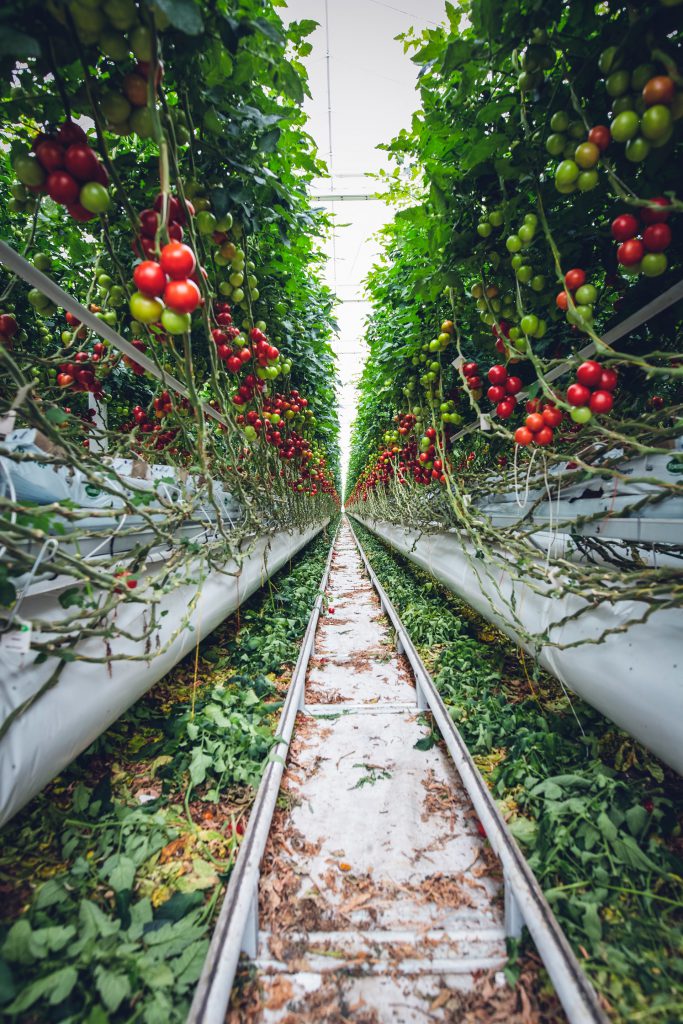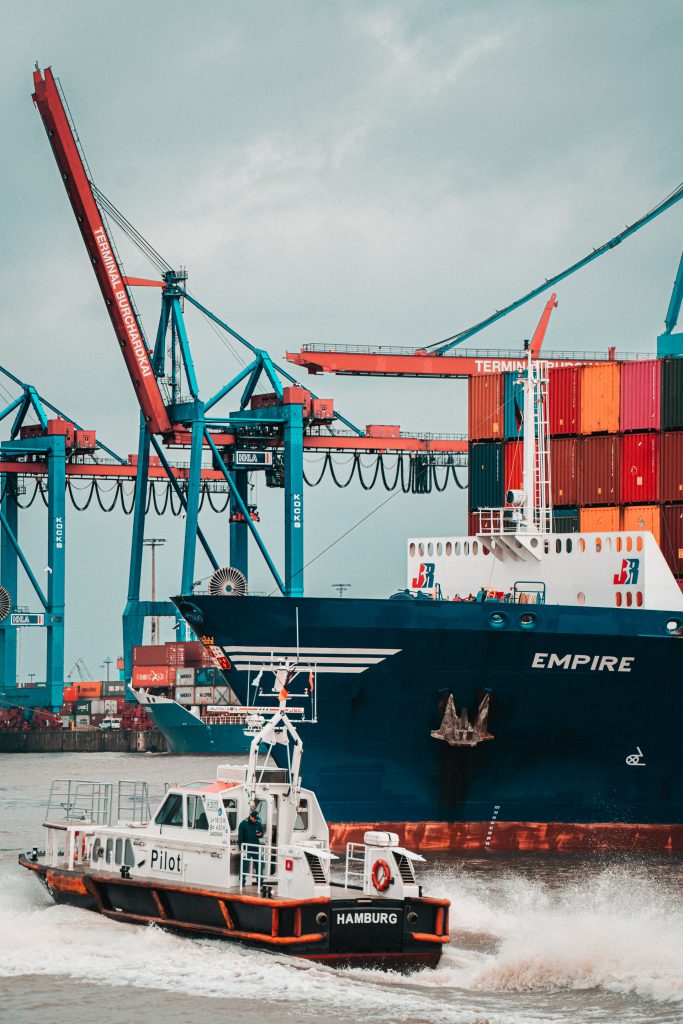Production to delivery, quantified

How bad is my tomato?
We use Life Cycle Analysis, the process of environmental accounting used by scientists, to calculate and standardize products’ climate impacts.
Production
Where was the tomato grown? Was it in season? Was the farm conventional, organic, regenerative?
Processing
How was the tomato processed after being harvested? Was it processed at all?
Packaging
What kind of packaging was used? Plastic, cardboard, or none at all?
Delivery
How was the tomato transported from the farm? To the store? To you?
Once we identify these details, we calculate the amount of fossil energy—electricity, diesel and natural gas—each of these processes require.
That’s what causes greenhouse gas emissions. We then total these emissions to find out how much CO₂ the tomato must be responsible for.

Fortunately, the impacts of many products (especially fresh foods) were already analyzed, peer-reviewed, and published by universities and research institutes. Wherever possible, we take these and standardize them (i.e. make sure the scope and methodology of calculating impact are consistent) so they can be compared with each other.